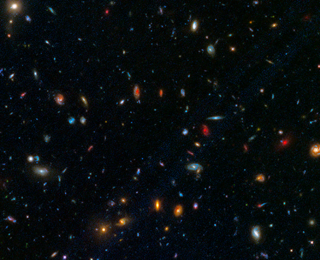
by Lukas Zalesky | Jun 11, 2021 | Daily Paper Summaries
Throughout its extraordinary lifetime, the Hubble Space Telescope has captured images of thousands of distant galaxies. What can we learn about galaxy evolution by piecing these datasets together?
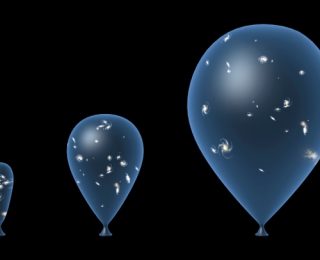
by Lukas Zalesky | May 31, 2021 | Daily Paper Summaries
The oldest objects in the universe weigh in on the heated debate over the “Hubble Tension,” disagreements on the expansion rate of the universe.
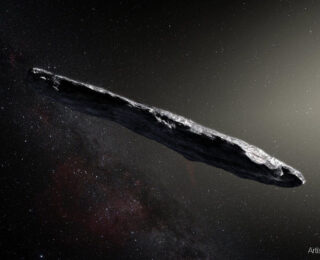
by Lukas Zalesky | Mar 18, 2021 | Daily Paper Summaries
Where do interstellar objects come from? And how many should we expect to find every year?
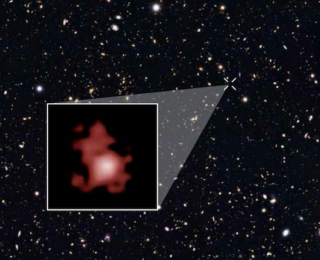
by Lukas Zalesky | Jan 4, 2021 | Daily Paper Summaries
Take a journey into the furthest reaches of our cosmos and learn about the most distant galaxy we have ever observed.
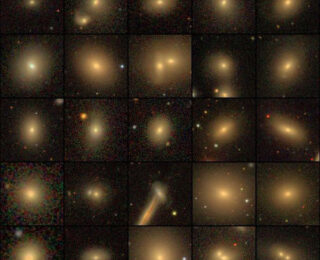
by Lukas Zalesky | Nov 18, 2020 | Daily Paper Summaries
Most galaxies take significant fractions of the age of the universe to noticeably change. Others transform themselves in the first two billion years of the universe. How does this happen?





